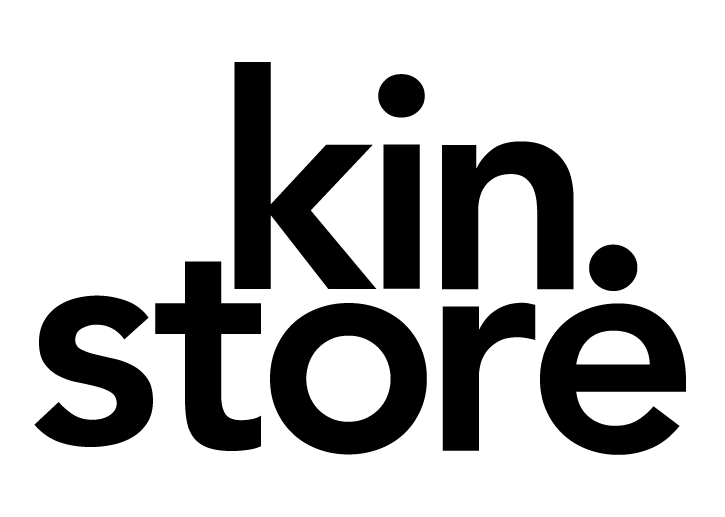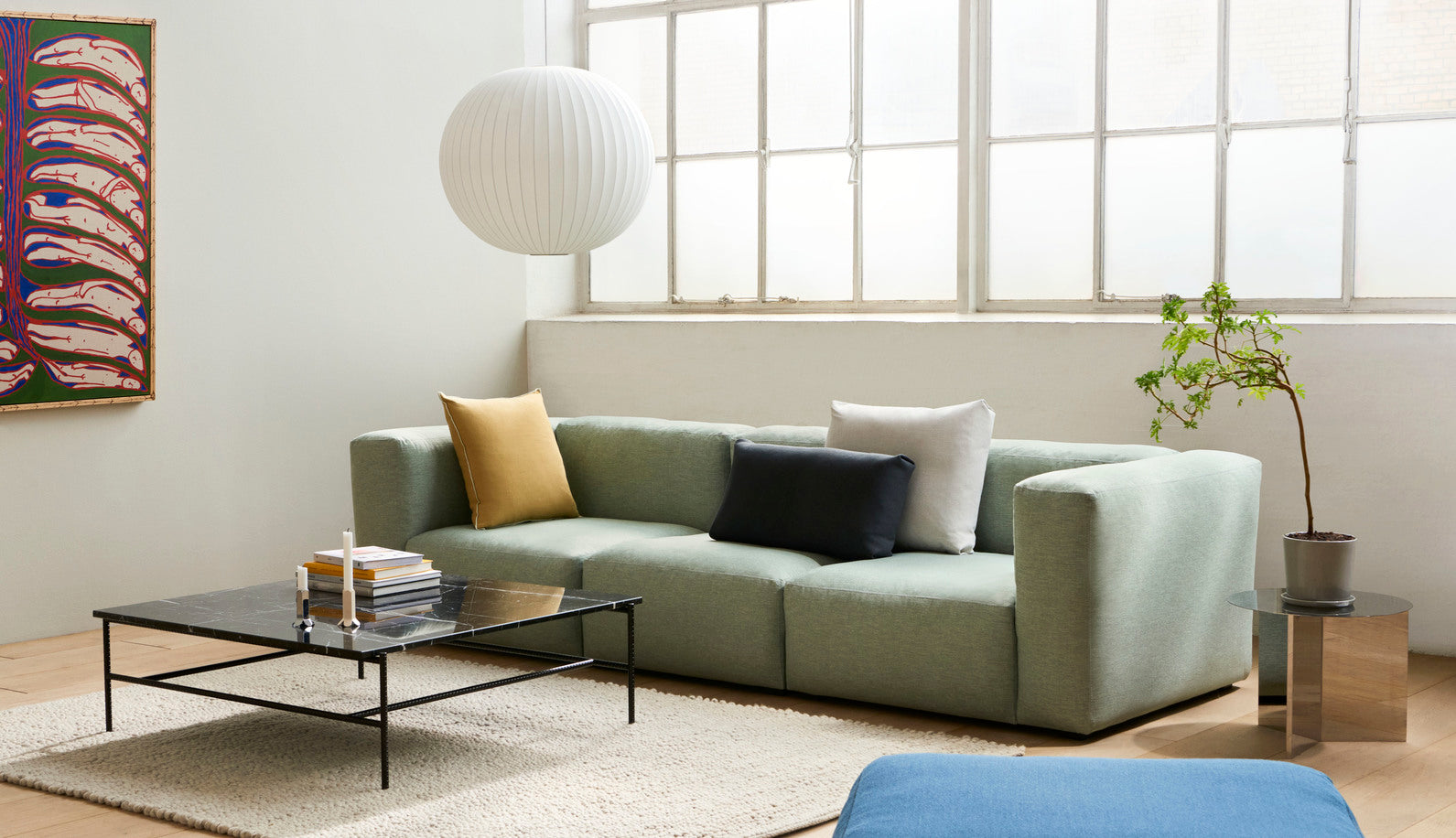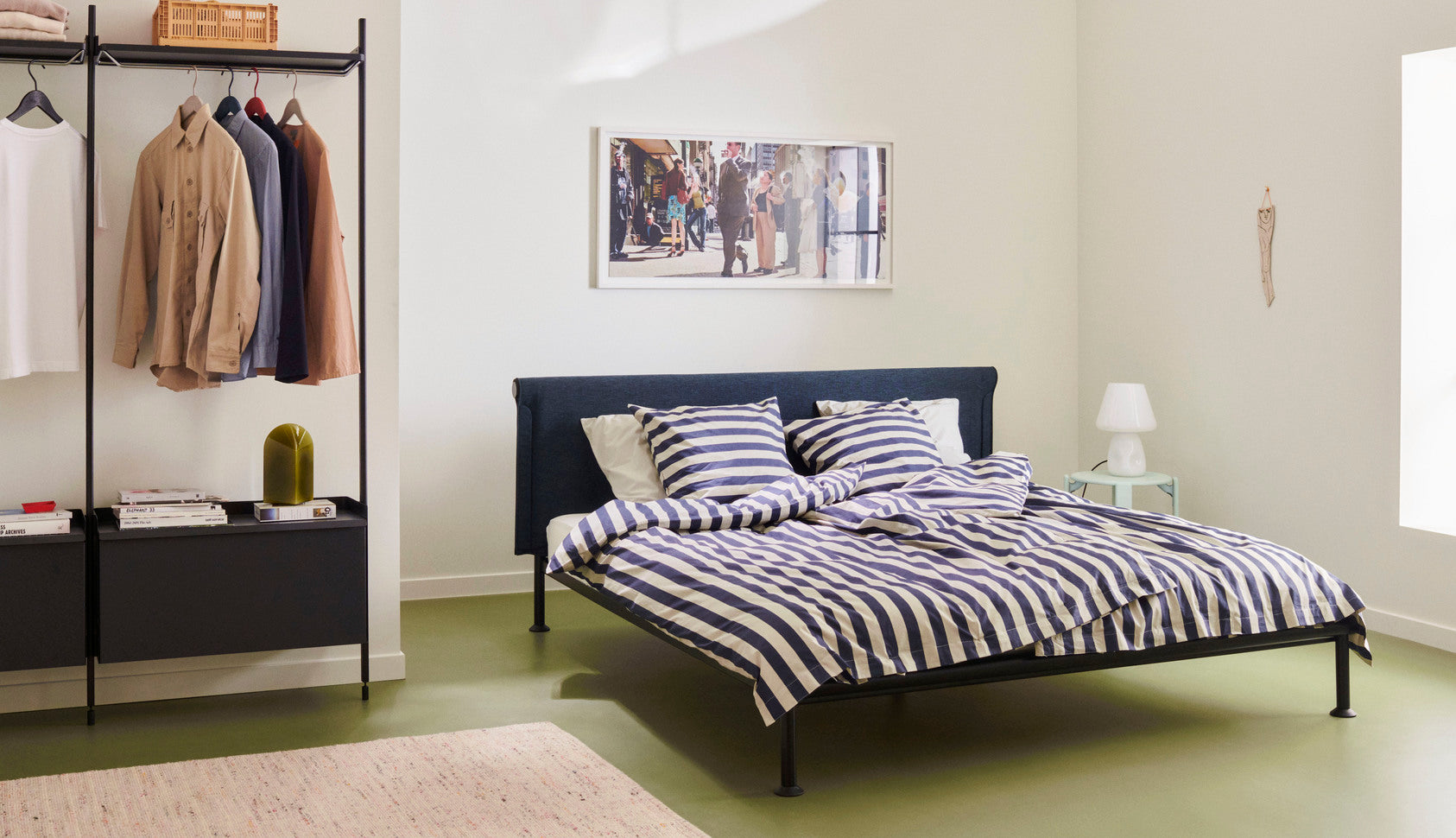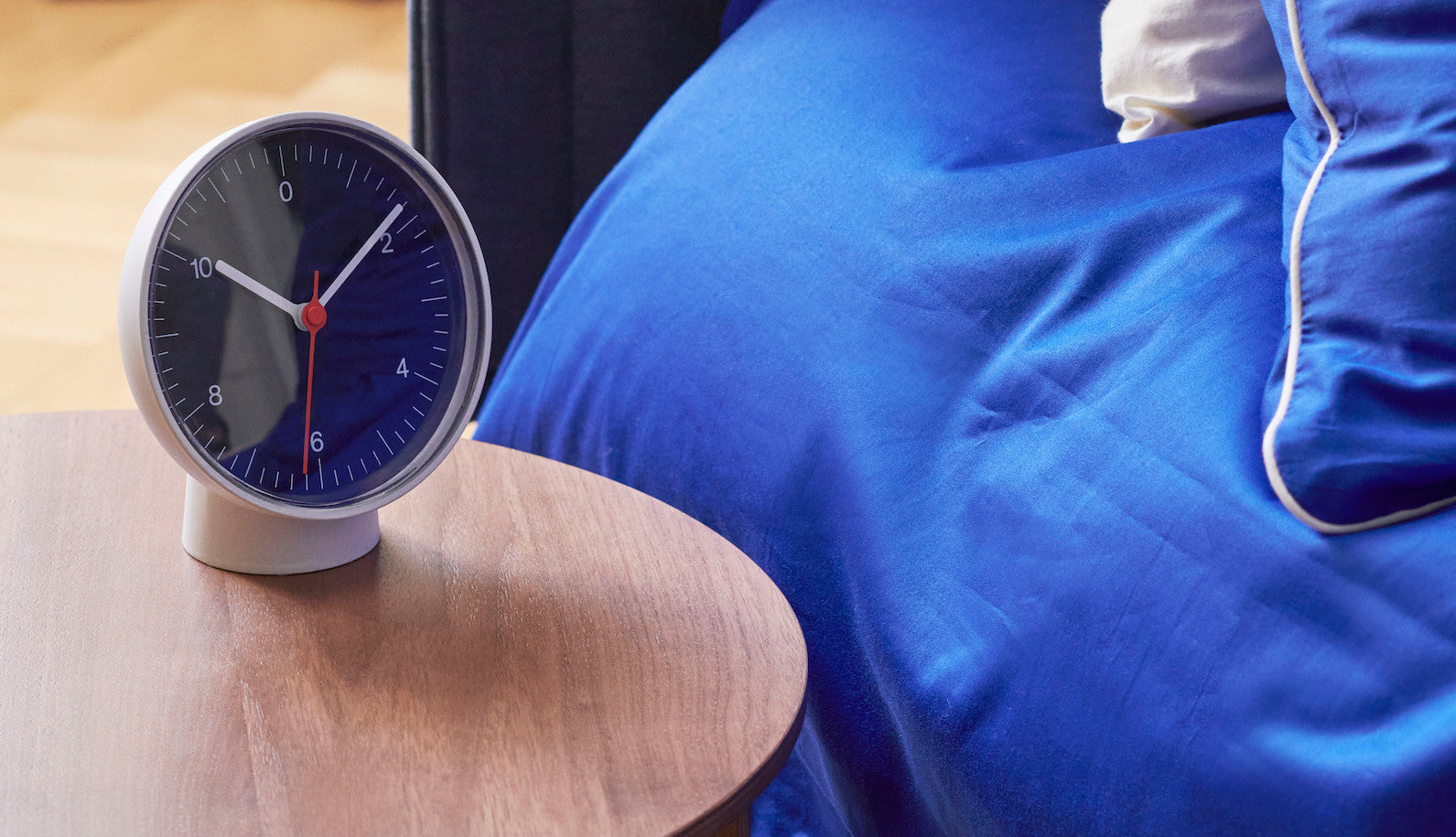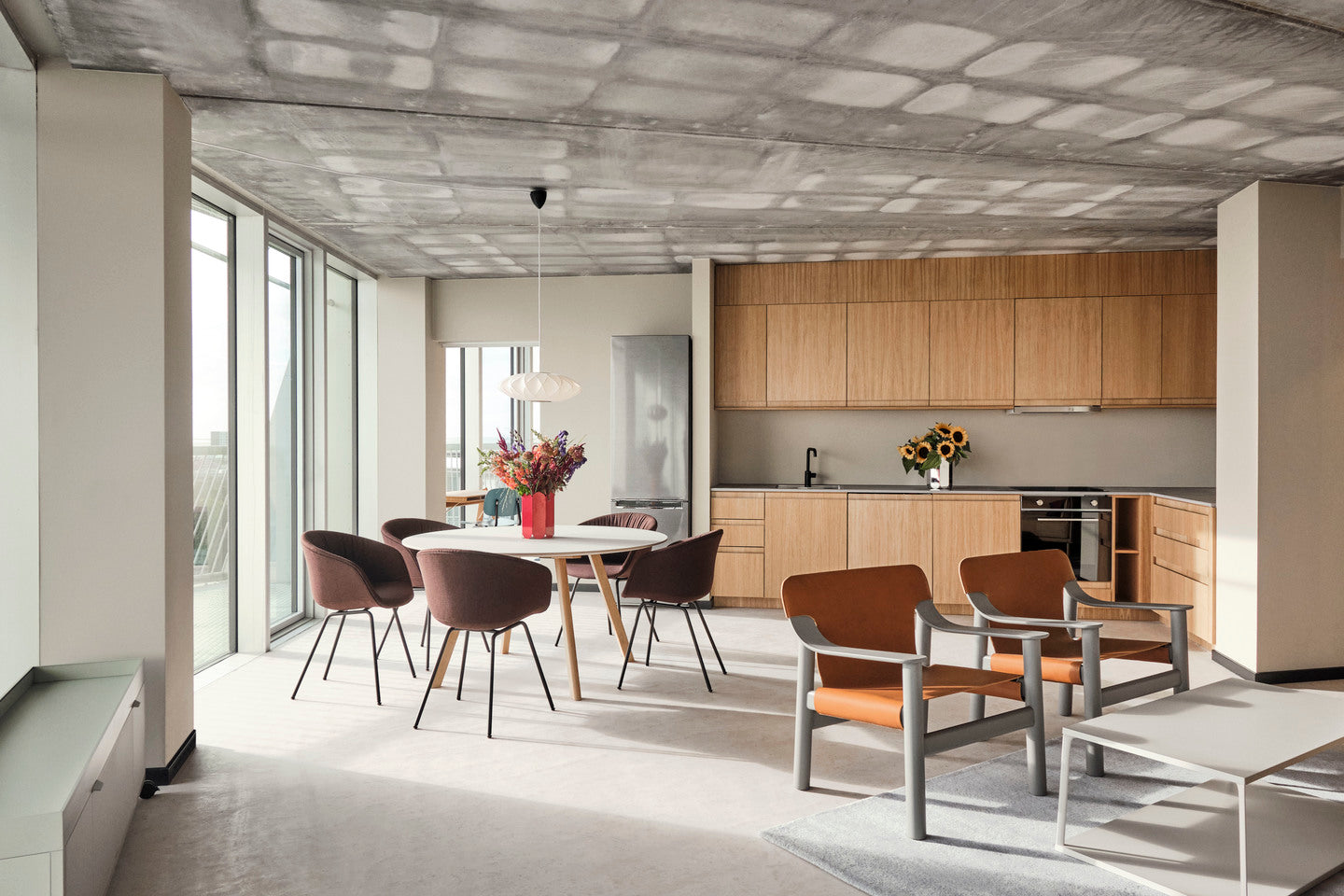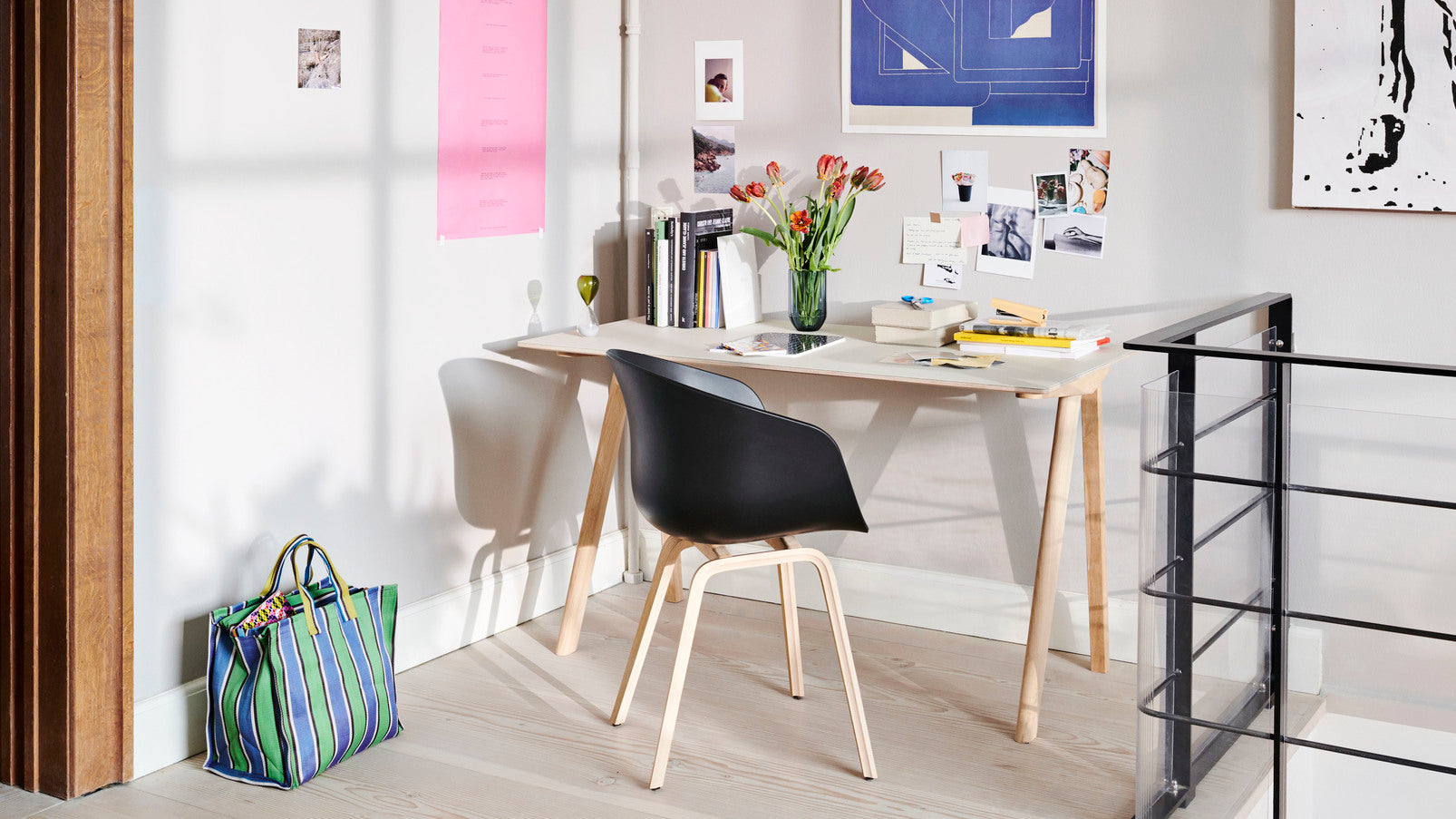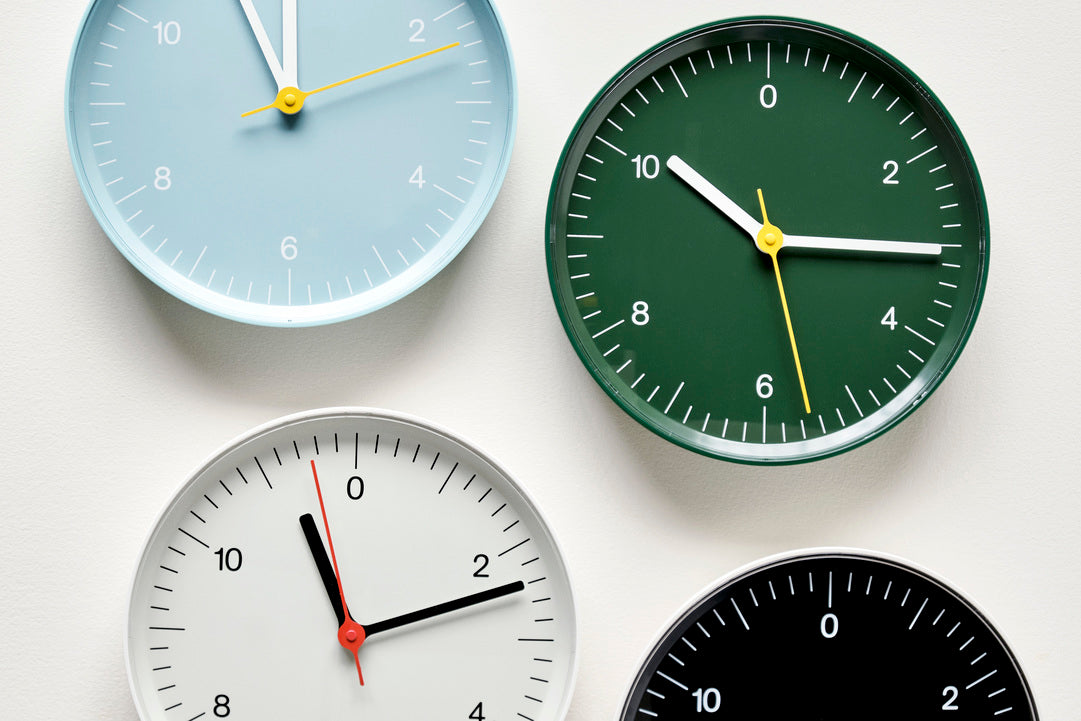Danish design has a long and storied history that has had a profound impact on the global design community. The minimalist aesthetic and focus on functionality that are hallmarks of Danish design can be traced back to the mid-20th century, with designers like Arne Jacobsen, Hans Wegner, and Finn Juhl leading the way. This design philosophy, known as the "Danish Modern" movement, emphasised simplicity, functionality, and an emphasis on natural materials, and has had a lasting influence on Danish design.
Today, Danish design is known for its minimalist aesthetic and focus on functionality. Many Danish design brands, such as Hay and &tradition, continue to produce furniture and home decor that is simple, clean, and timeless. These brands often use natural materials such as wood and textiles, and focus on creating products that are both functional and beautiful. Danish design continues to be a major influence in the global design community, and is often associated with quality, craftsmanship, and sustainability.
However, Danish design is not stuck in the past. There are a few specific trends that are currently popular in Danish design. One of the most notable is the trend towards sustainable and eco-friendly materials. Danish designers are increasingly incorporating sustainable materials and production methods into their work. Brands like Re-Think and Røros Tweed are using recycled and environmentally-friendly materials to create their products.
Another trend is the combination of traditional and modern styles. Many Danish designers are blending traditional craftsmanship techniques with modern design to create unique and interesting products. Brands like Gubi and Carl Hansen & Søn are known for their ability to combine classic design elements with contemporary style.
Personalisation and customisation is another trend that is popular in Danish design. Danish design brands are increasingly offering customers the opportunity to personalise and customise their products. For example, Hay's "About A Chair" allows customers to choose from a variety of colours, fabrics and finishes to create a chair that is truly their own.
Designing for small spaces is also a trend that is popular in Danish design. With the housing crisis in many cities, many Danish designers are looking for ways to create functional furniture that can work in smaller spaces. Brands like Muuto, Menu and Normann Copenhagen are known for their ability to create furniture that is both beautiful and space-saving.
Finally, another trend is the mix of materials. Danish designers are increasingly using different materials, such as metal, glass, and ceramics, in the same piece. Brands like Fritz Hansen, Gubi and &tradition have incorporated these materials to create unique and interesting pieces.
In conclusion, Danish design has a long and rich history that has had a major impact on the global design community. The minimalist aesthetic and focus on functionality that are hallmarks of Danish design have stood the test of time and continue to be popular today. However, Danish design is not stuck in the past, and there are several trends that are currently popular in Danish design, such as the use of sustainable materials, the combination of traditional and modern styles, personalisation and customisation, designing for small spaces, and mixing of materials.
